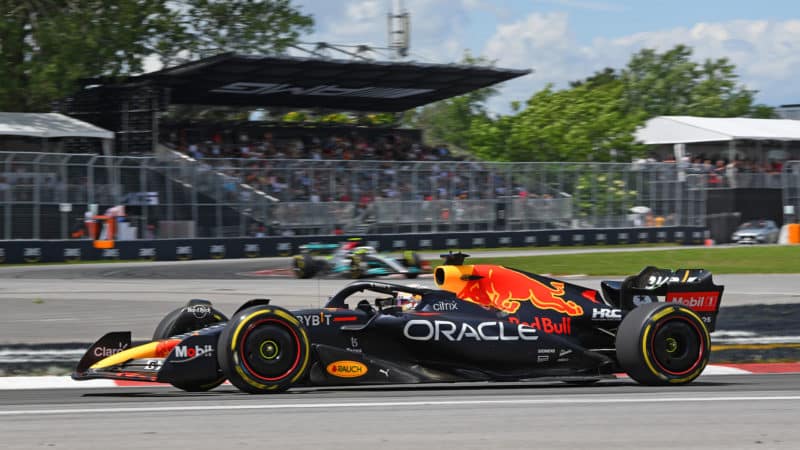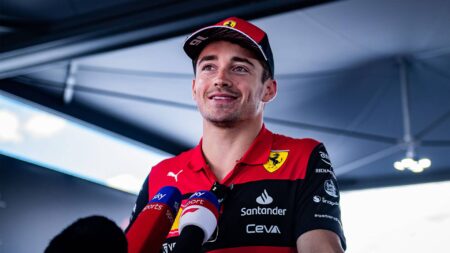“3.5.9e. The thickness of the plank assembly measured normal to the lower surface must be 10mm ± 0.2mm and must be uniform when new. A minimum thickness of 9mm will be accepted due to wear, and conformity to this provision will be checked at the peripheries of the designated holes.
“3.15.8a. Bodywork within RV-PLANK may deflect no more than 2mm at the two holes in the plank at XF=1080 and no more than 2mm at the rearmost hole, when the car, without driver, is supported at these positions. The car will be supported on 70mm diameter pads, centred on the holes, and only in contact with the underside of the plank assembly. The displacement will be measured at the supports, relative to the reference plane at the centre of each hole.”
This implies that some or all of the teams may currently be running the plank illegally soft in order to control the bouncing.
If your plank deflected by more than this, it would facilitate running the car with a little more rake, which would reduce the bottoming at high speeds without compromising downforce at lower speeds. Notably, several cars have been observed to be running with a small measure of rake in recent races.
It’s going to be interesting to see how this update may impact upon the competitive order. Because the initial technical directive, as issued in Montreal, essentially said only that a limit of bouncing severity will be set and you must run whatever ride height facilitates the car not breaching that limit. That would logically have increased Red Bull’s advantage over Ferrari and made things even more difficult for Mercedes. But if the Red Bull’s immunity to bouncing has been facilitated by running a level of rake it will no longer – from France onwards – be permitted, in order to meet the technical directive regarding plank wear and stiffness, then that potentially changes the picture somewhat.
We await further details, but this has the potential for controversy.



